Scrum vs. Kanban: Which is Best For Your Project?
Choosing the right Agile framework is essential for effective project management, as it significantly influences team dynamics, workflow management, and project outcomes. Among the various Agile approaches, Scrum and Kanban stand out as popular options, each offering unique approaches to managing workflows and delivering value. In this blog, we’ll explore the importance of selecting the appropriate Agile framework and provide a brief comparison between Scrum and Kanban, setting the stage for a deeper exploration of their principles, practices, and suitability for different project environments.
Understanding the foundations of Scrum and Kanban is essential for effective Agile project management. Let’s recap on Scrum, with last month’s blog, briefly before delving into the comparison with Kanban. Scrum is an Agile framework that prioritizes iterative and incremental delivery. It operates through time-boxed iterations called Sprints, typically lasting 2-4 weeks, and involves specific roles (Product Owner, Scrum Master, and Development Team) and specific ceremonies (Sprint Planning, Daily Standups, Sprint Review, Sprint Retrospectives, and on-going Backlog Grooming) to facilitate collaboration and transparency. In contrast, Kanban, a Lean method, visualizes the workflow on a Kanban board, emphasizing limiting work in progress (WIP) to optimize flow and minimize bottlenecks. According to the PMI.org. (2023). “Agile Coaches Need to Understand Scrum, Kanban, and XP.” https://www.pmi.org/disciplined-agile/da-flex-toc/why-agile-coaches-need-to-know-both-scrum-and-kanban. Unlike Scrum, Kanban offers flexibility in implementation by not prescribing specific roles or ceremonies, and work with whatever is already present. If new roles are created or established roles are changed, this can lead to team resistance.
Highlighting Scrum’s iterative nature and fixed-length Sprints, each Sprint builds upon the previous one, allowing for frequent inspection and adaptation to changing requirements or feedback. However, Scrum also provides stability during the Sprint in progress by locking down the scope of the Sprint that is in development. Once a Sprint has started, the scope is generally considered to be fixed, meaning that no additional work should be added to the Sprint. This is to ensure that the team can focus on the work that has been planned and committed to during the Sprint Planning meeting, which helps to maintain predictability and a sustainable pace. This creates a cadence for development, promoting predictability and rhythm within the team, and providing a clear timeframe for achieving specific goals or delivering increments of value. Kanban, on the other hand, adopts a flow-based approach, focusing on optimizing flow of work through the system without time-boxed iterations. This flexibility allows work to flow continuously, adjusting priorities as needed, and emphasizing continuous improvement through incremental changes to workflow.
In comparing Scrum and Kanban, their distinguishing features in workflow management, team structure, and flexibility become evident. Scrum utilizes a predefined workflow with distinct stages managed within Sprints, while Kanban adapts to existing workflows without predefined stages, emphasizing limiting WIP. Scrum encourages cross-functional teams with structured roles promoting clarity, accountability, and collaboration whereas Kanban allow steams to self-organize based on expertise and capacity, emphasizing shared responsibility for workflow management. Kanban’s adaptability and visualization facilitate easy reprioritization of tasks and effective tracking of progress on the Kanban board.
Both Agile frameworks offer flexibility, albeit in different ways. While Scrum maintains focus and predictability through fixed Sprint Backlogs, Kanban allows for greater flexibility by enabling work items to be reprioritized at any time, adapting to evolving priorities and customer needs without the constraints of fixed-length Sprints.
When considering the practical application of Scrum and Kanban, their strengths and weaknesses become evident in different project environments. Scrum excels more in complex projects requiring frequent collaboration, thanks to its iterative nature and structured ceremonies. In contrast, Kanban shines in scenarios involving maintenance tasks or projects with fluctuating priorities, leveraging its flow-based approach and adaptability.
In navigating the decision between Scrum and Kanban, evaluating their respective strengths and weaknesses is crucial. Scrum’s structured framework fosters collaboration and accountability but may pose challenges with its methodical framework. Conversely, Kanban’s flexibility and adaptability suit environments with ongoing work but may introduce ambiguity without predefined roles and ceremonies. Project size, team expertise, and organizational culture play pivotal roles in selecting the most suitable methodology. Ultimately, the success of Agile adoption lies in selecting the right framework that fits the unique needs and challenges of the project at hand.
